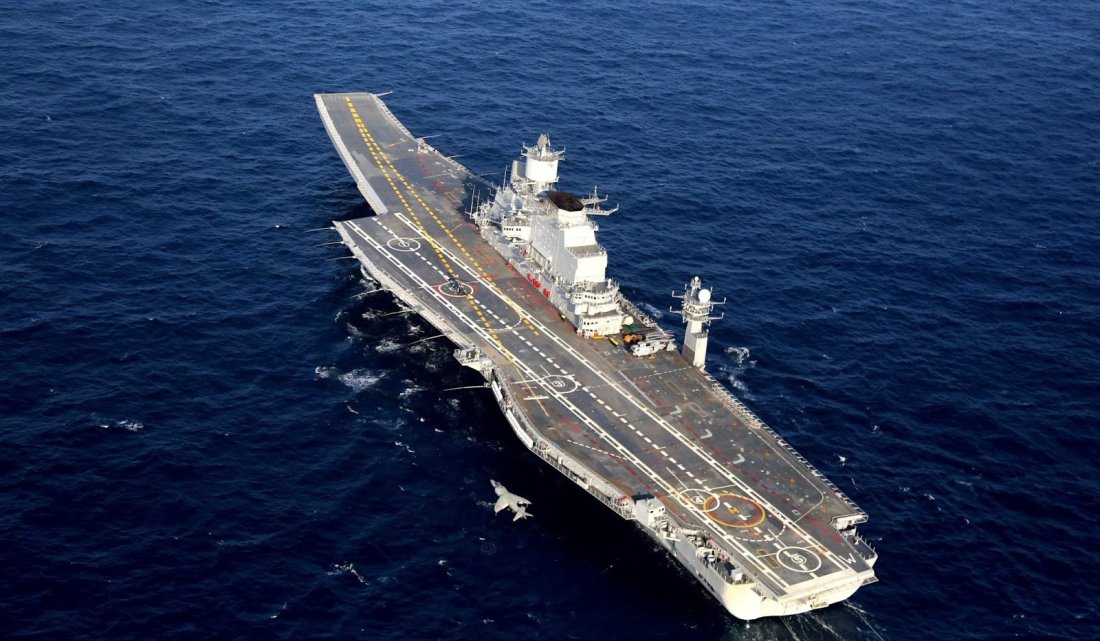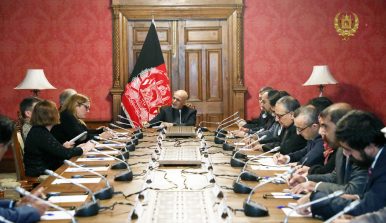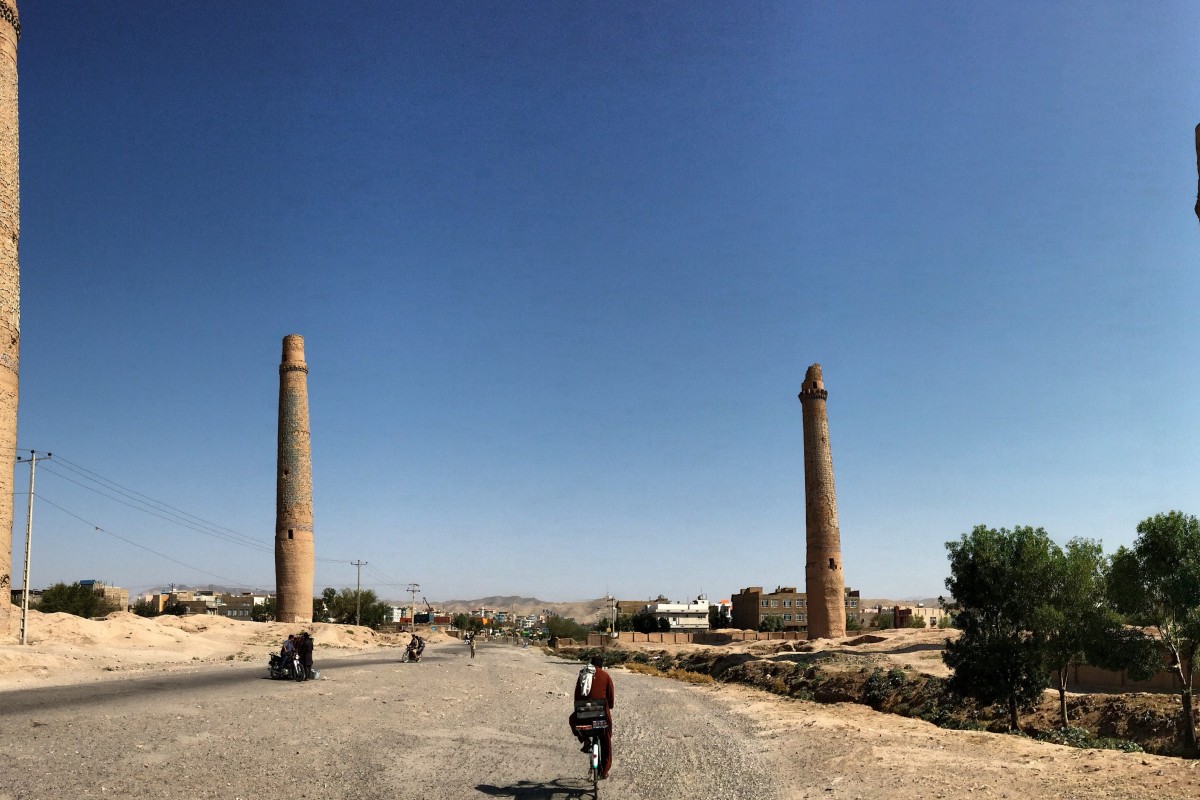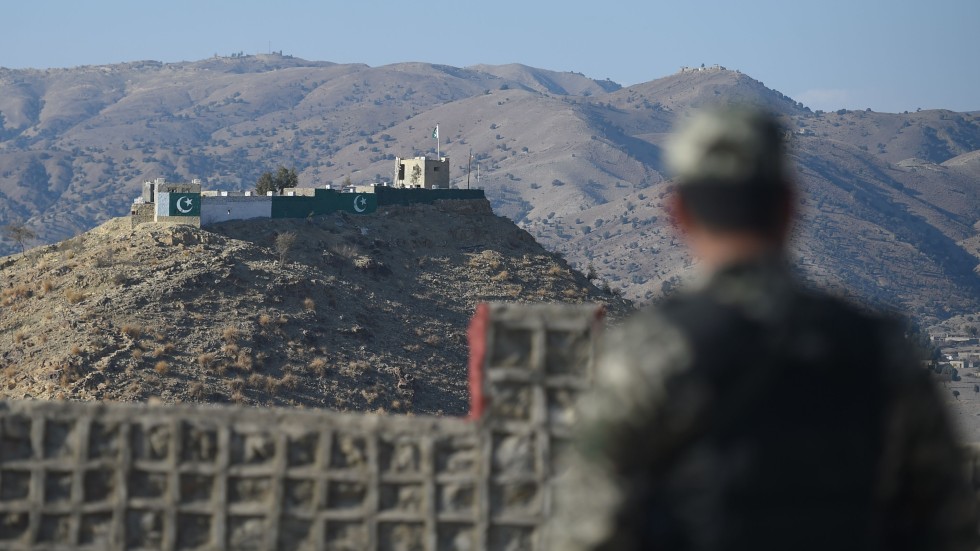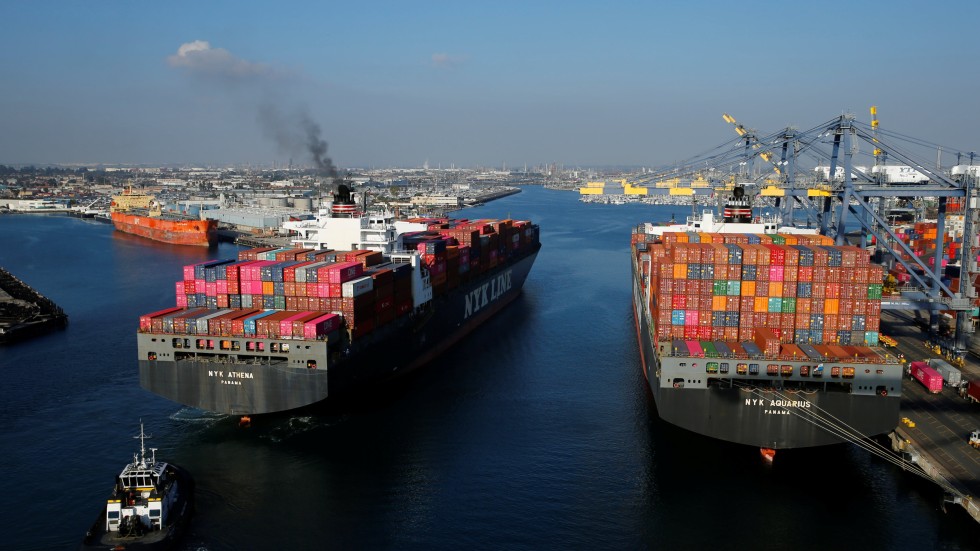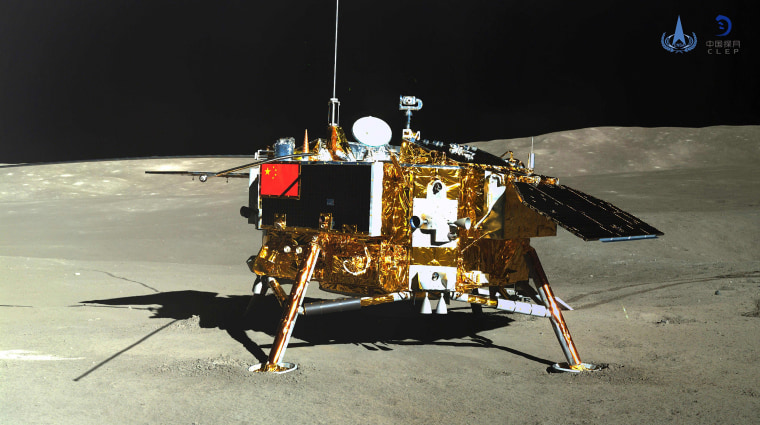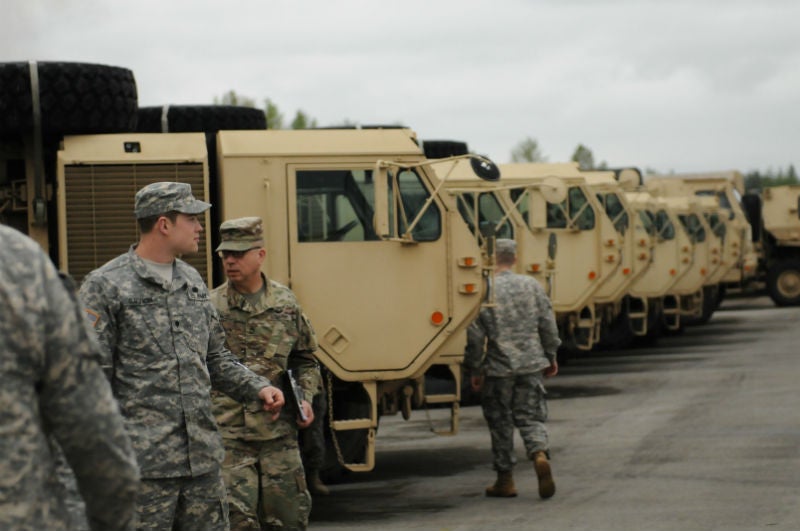By Harsh V. Pant
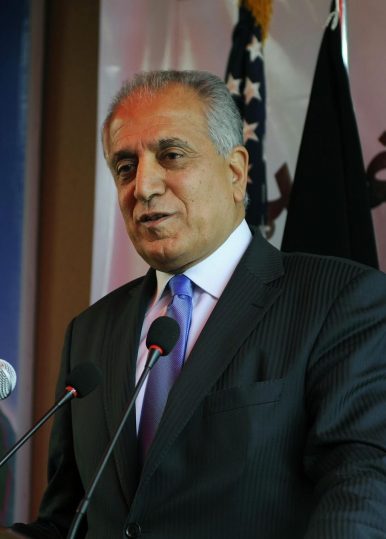 As U.S. efforts to depart Afghanistan gather momentum, Indian foreign policy is coming to terms with a new reality, one which will be shaped by others and to which New Delhi has no choice but to respond robustly. The discussions between U.S. envoy Zalmay Khalilzad and Taliban representatives have reached a critical juncture with the two sides signalling that at least for now they are ready to end the fighting, thereby bringing the curtains down on a 17-year-old war. The Trump administration is serious about its intent to reach a modus vivendi with the Taliban leadership and has also been able to put some pressure on Pakistan, which has acted as a spoiler in the past.
As U.S. efforts to depart Afghanistan gather momentum, Indian foreign policy is coming to terms with a new reality, one which will be shaped by others and to which New Delhi has no choice but to respond robustly. The discussions between U.S. envoy Zalmay Khalilzad and Taliban representatives have reached a critical juncture with the two sides signalling that at least for now they are ready to end the fighting, thereby bringing the curtains down on a 17-year-old war. The Trump administration is serious about its intent to reach a modus vivendi with the Taliban leadership and has also been able to put some pressure on Pakistan, which has acted as a spoiler in the past.
A framework agreement that talks of a phased withdrawal of foreign troops in exchange for a Taliban commitment that it would sever its ties to global terrorist groups such as al-Qaeda seems to have put enough on the table to satisfy both sides at least for the time being, thereby allowing the process to move forward more than such attempts have allowed in the past.
